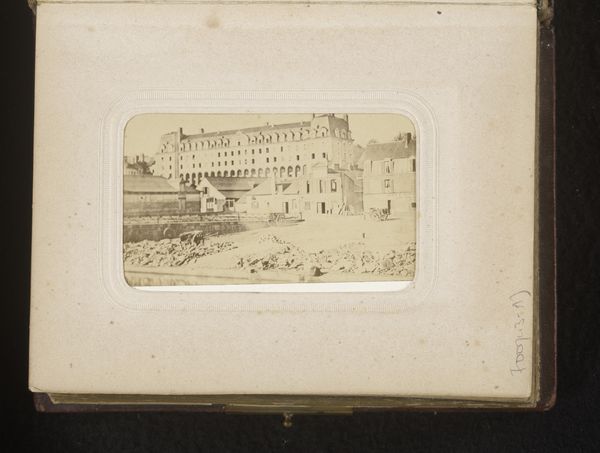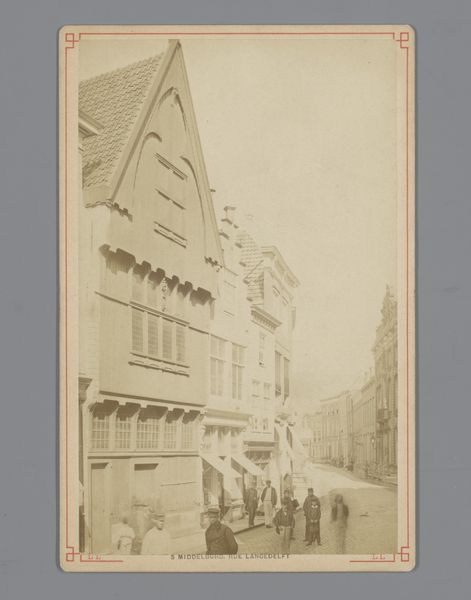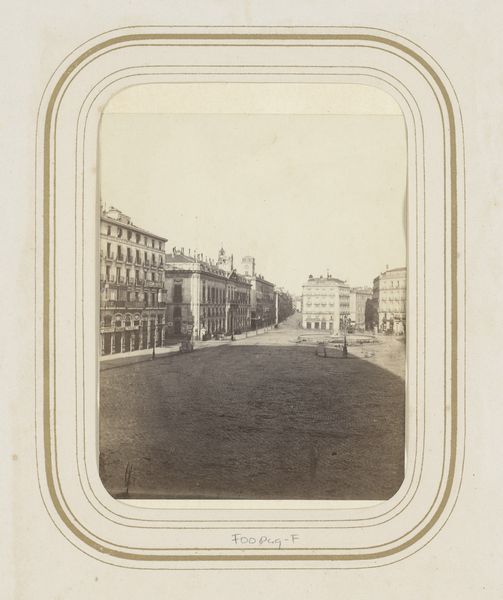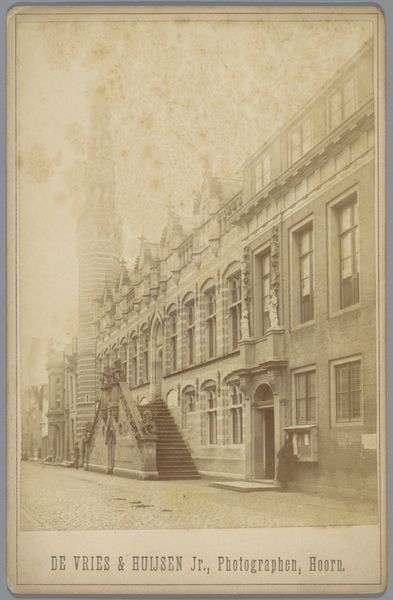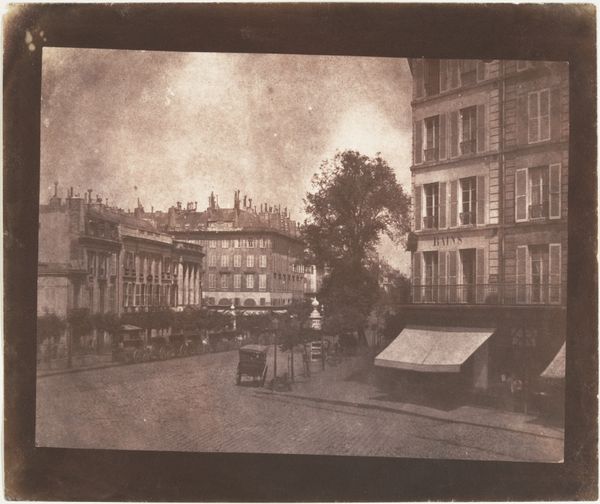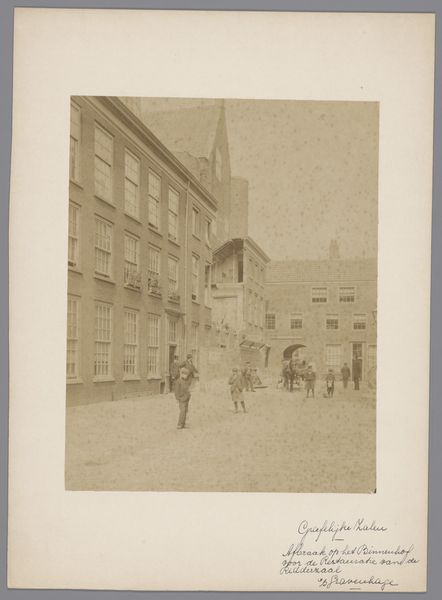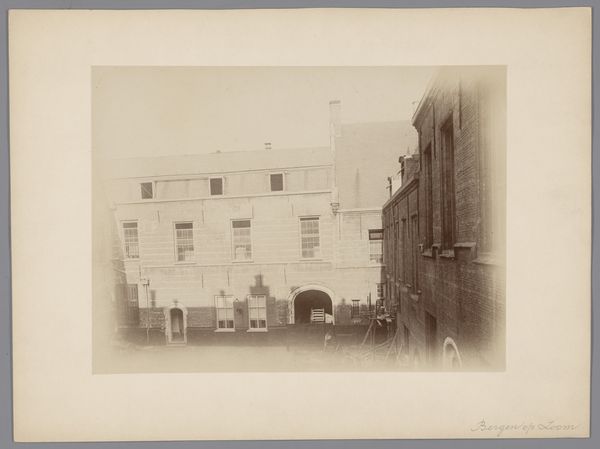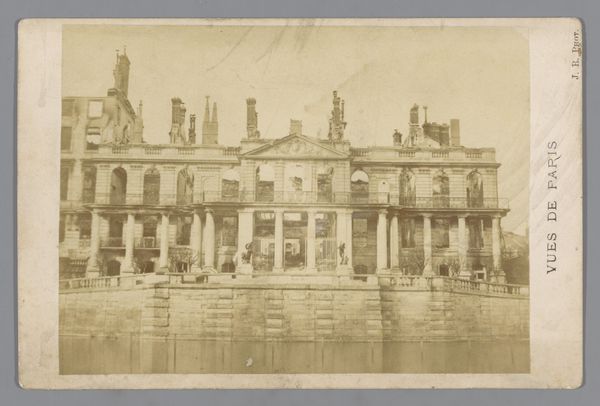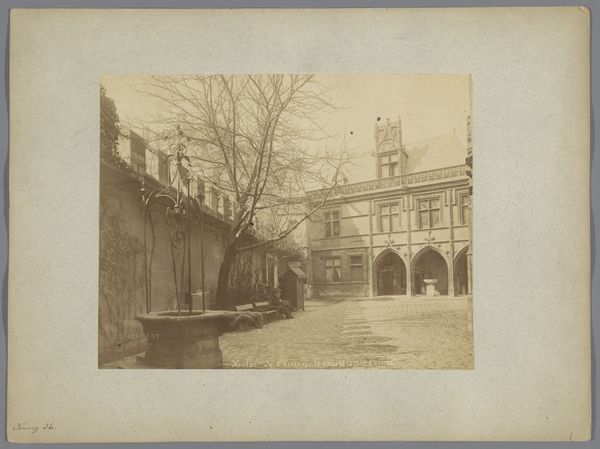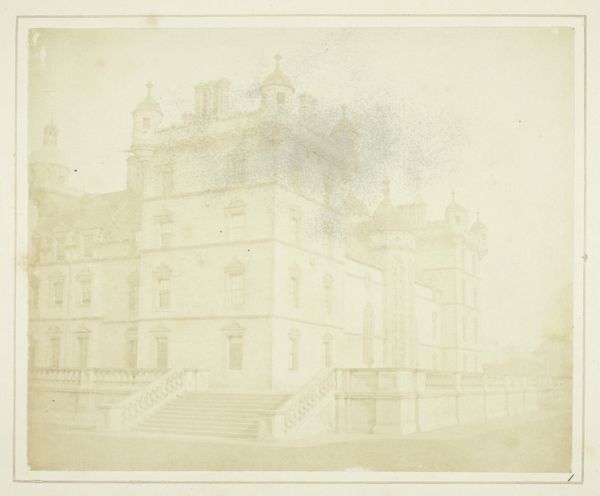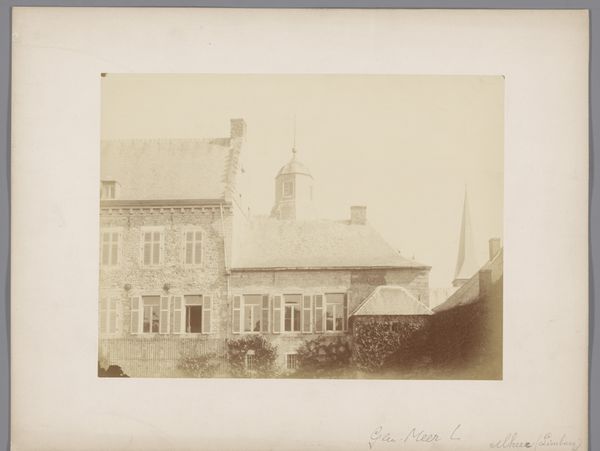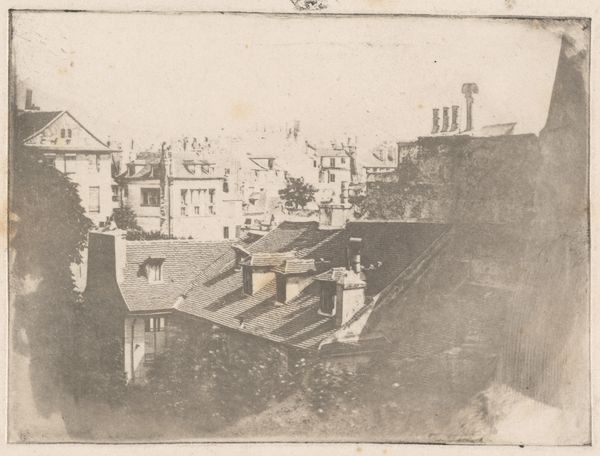![[170–176 Regent Street, London] and "The Talbotype–Sun-Pictures" in The Art-Union, Monthly Journal of the Fine Arts by William Henry Fox Talbot](/_next/image?url=https%3A%2F%2Fd2w8kbdekdi1gv.cloudfront.net%2FeyJidWNrZXQiOiAiYXJ0ZXJhLWltYWdlcy1idWNrZXQiLCAia2V5IjogImFydHdvcmtzL2EzNjRlZDE2LTZhMTAtNDk0Yi04OTU4LTE1NTkyNGQ3NDBmNy9hMzY0ZWQxNi02YTEwLTQ5NGItODk1OC0xNTU5MjRkNzQwZjdfZnVsbC5qcGciLCAiZWRpdHMiOiB7InJlc2l6ZSI6IHsid2lkdGgiOiAxOTIwLCAiaGVpZ2h0IjogMTkyMCwgImZpdCI6ICJpbnNpZGUifX19&w=3840&q=75)
[170–176 Regent Street, London] and "The Talbotype–Sun-Pictures" in The Art-Union, Monthly Journal of the Fine Arts 1844 - 1846
0:00
0:00
daguerreotype, photography, collotype
#
aged paper
#
toned paper
#
daguerreotype
#
photography
#
collotype
#
cityscape
#
street
#
realism
#
building
Copyright: Public Domain
This photograph of 170-176 Regent Street in London, made by William Henry Fox Talbot, reveals a cityscape pregnant with symbols of progress and societal order. The ordered symmetry of the architecture speaks to a societal aspiration for balance and harmony, reflecting a desire for rational organization during the epoch of industrial expansion. The arches, recurring motifs found throughout different eras of architectural history, suggest not only structural support but also a cultural bridge connecting present to antiquity. Consider, for example, how the arch appears in Roman aqueducts and triumphal arches, celebrating engineering and imperial power. It evolves through the Gothic period, reaching new heights in cathedrals, symbolizing divine aspiration. In Talbot’s photograph, this motif is subtly transmuted into a symbol of commerce and urban life. The arrangement of the urban space can unconsciously trigger a range of emotional responses, from aspiration to melancholy, binding individual experience with the collective memory of generations. The photograph thus becomes a potent artifact, holding both the promise of modernity and the echoes of ages past.
Comments
No comments
Be the first to comment and join the conversation on the ultimate creative platform.
